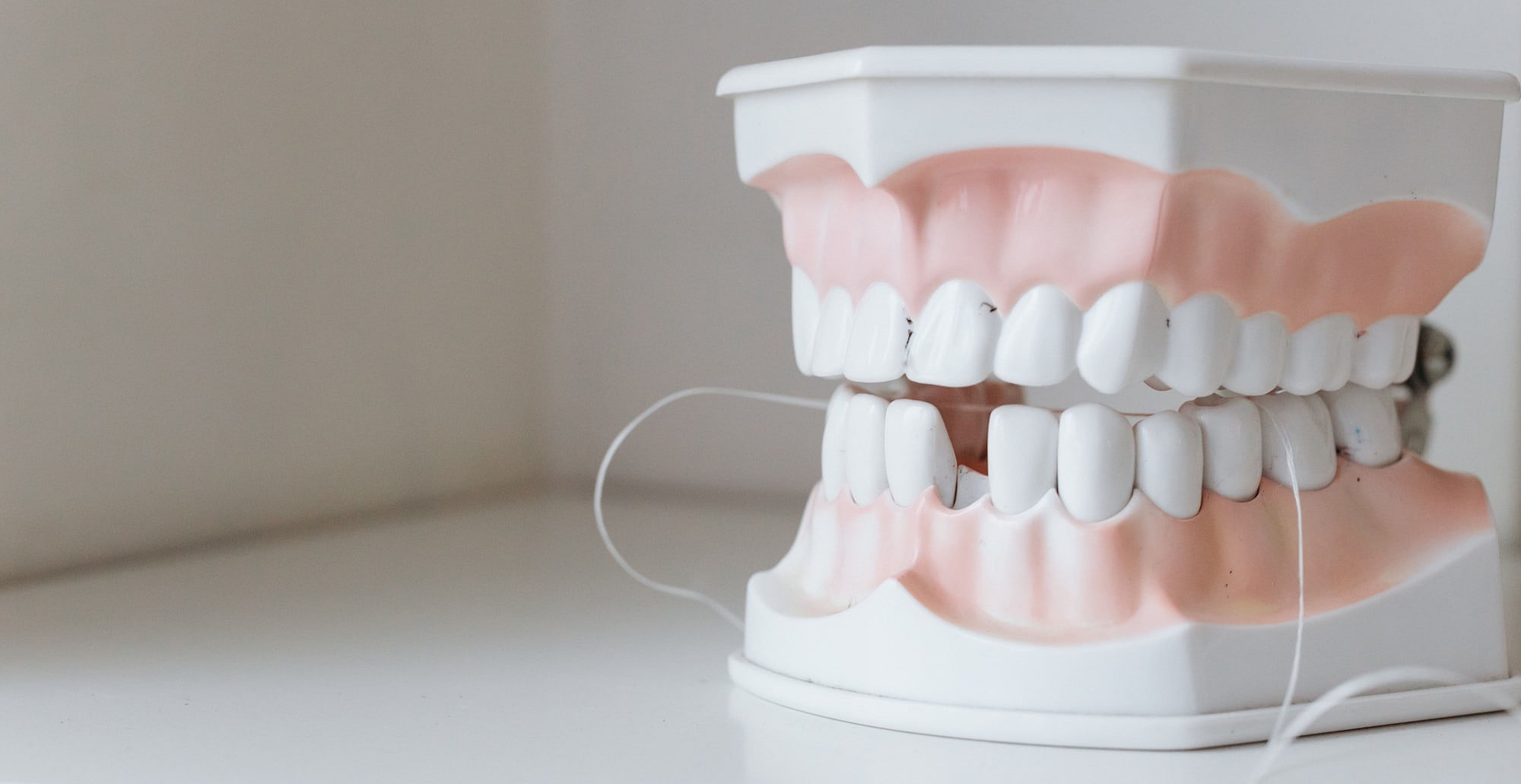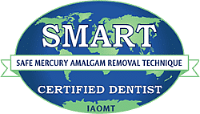

Education
Station
The Comprehensive Exam – The What and Why
Most dental care is delivered in response to something that has happened. It may be a toothache, the breaking of a tooth, an infection, or something with the bite. Over time, the mouth begins to look like a painting done by different painters, almost like a house that is remodeled one wall at a time over 25 years by different contractors who never had a plan. After 45 years of observing how mouths tend to deteriorate over time, it has become abundantly clear for the need to, from time to time, step back and reassess the status quo. We do that via a Complete Comprehensive Examination. This is how it works. The exam consists of three distinct parts: the Interview, the Co-Discovery exam, and the Review of Findings visit.
The Interview is often done in a non-clinical room, away from the “dental setting” when possible. It is the chance for patients to tell their story about what their dental history has been like. It gives them the opportunity to tell us what they are most concerned about and to express their deepest feelings about their mouths. A very important question for each of us to articulate is “What do I want for my mouth over the next 10, 20, 30 or more years?” This is not about any particular treatment but rather, how we see ourselves, relative to our mouths, in our later years. The deeper question is why would one fix their teeth rather than just extract them and place dentures. Each of us has an emotional connection, often times at a deep subconscious level, to our teeth and rarely do we get to express it. The medical history is reviewed and discussed. Also during this time, the dentist gets to share his/her philosophy with the patient, so as to provide a context as to why things are done and recommendations are made. At the end of this phase, the doctor tells a “story” about how dental disease progresses and ends with the loss of our teeth. Finding out where the patient is in this story is the purpose of the next step.
From the interview, we move into the treatment room where a thorough examination of the soft tissues, the gums, the teeth, and the chewing system is performed. The exam is done in such a manner that the patient learns about their condition at the same time the dentist and team do. It is called a Co-Discovery Exam. Clinical notes, a cancer exam, blood pressure, pH of the saliva, checking of the zinc status of the oral tissues, and photos are also performed. With the patient’s permission, the least amount of x-rays is taken. Finally, at the end of the visit, the patient will be given an overview of what was found. Over the days that follow, the dentist will sit alone in a quiet room and review the dental and health questionnaires, the clinical notes, the x-rays, and the photos. The state of the patient’s oral health will be determined. Areas of risk will be identified, specifically things that threaten the patient getting what they want in the long run. Strategies will be identified and a unique, ideal path will be outlined for this particular patient, a path that will lead to first, stopping all deterioration of the mouth and creating health and wellness and then, if necessary, restoring this particular mouth to long-term stability.
The final step in this exam process is the Review of Findings visit. It is where the patient gets to truly see and understand where they are relative to optimum dental health and the achievement of their goals. They get enough information so that they can make decisions that are in their best interests. If the path laid out by the dentist is not totally acceptable, the patient and the dentist can “negotiate” one that is acceptable to both. Fees are discussed and treatment is sequenced. The patient determines how fast things go and the dentist and team control the quality.
The bottom line in this whole process is that the patient is always in control of what is happening and what will happen over time. This empowerment of the patient is the centerpiece of the Health-Centered, Patient-Centered practice of dentistry and is manifested best within the process of the Comprehensive Exam. It is constructed this way to support the undeniable premise that each of us is responsible for our health.
Check out our Education Station for more articles on dental health.


